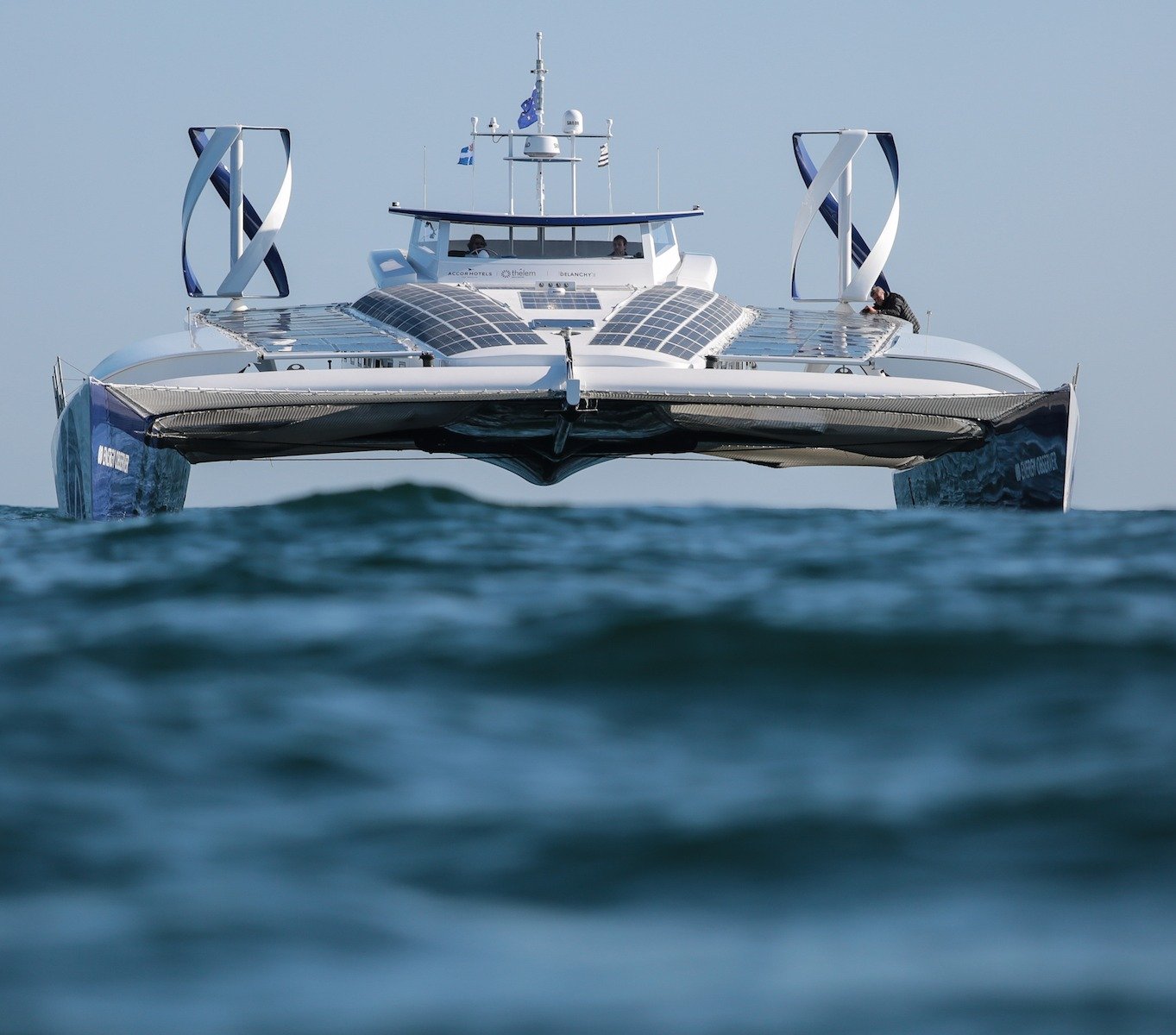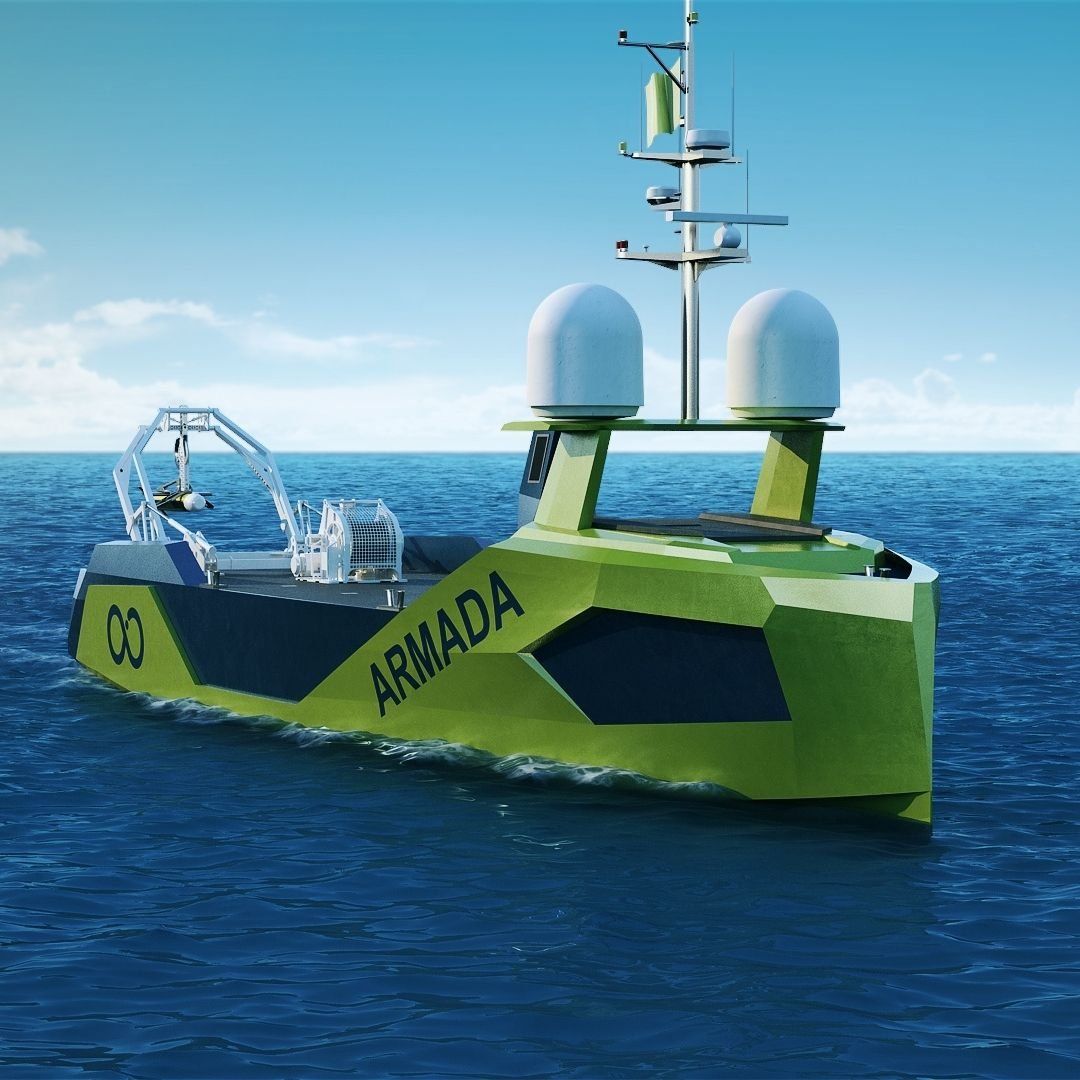AUTONOMOUS BOATS: HOW NEW TECHNOLOGIES WILL IMPACT CONSUMER VESSELS
Marine technology is really stepping up these days. From AI and fast satellite internet, to autonomous boats - the progress is staggering.
Last April the Mayflower Autonomous Ship set sail across the Atlantic unmanned, captained by AI software. The crew included 30 sensors and 6 cameras. These provided enough feedback to the AI captain to control the engine, rudder, and other systems.
While there was no person on board, the ship created daily reports that were analysed by a human operator in the UK. Sounds futuristic, right?
Well, it was an experiment, so we don’t expect most cargo ships to become fully autonomous anytime soon. In fact, shipping companies don’t wish to get rid of human crews. They just want them to focus on other, more important, work, than watch-keeping.
However, this and other tests show the incredible progress being made in the field. Both research and commercial craft are evolving fast.
In this article, we take a look at some of the latest technology and try to predict if it will affect smaller consumer boats in the future.
Boating is for everyone. But will it be made even easier soon?
FAST SATELLITE INTERNET
It used to be called out as an impossible dream by cruisers. Today, Starlink, the satellite internet constellation built by SpaceX, is on track to become a reality. The project isn’t finished yet, but the beta version is active.
Users currently pay $99 per month (plus a one-off $499 fee for the satellite dish kit) to access the internet in rural areas. The company has also announced that they are finally working on special antennas that will allow moving vehicles, such as trucks and ships, to use the network.
This will allow research and commercial craft to have fast, affordable internet reception in the middle of an ocean, or in remote places. So it’s fairly safe to assume that in the next few years, boaters will be able to access the service, too.
Satellite internet is currently very expensive and extremely slow. This could be a game-changer for anyone who wants to sail to remote areas, while being able to do remote work and video call their family.
SELF-DRIVING BOATS
While it may seem an ultra-modern concept, recreational vessels are closer to self-driving than we think.
Thanks to instruments such as AIS, radar, and autopilot, people can take short breaks from being on deck. These devices are not uncommon among most bluewater-ready boats, especially those sailed by a single person.
The next step is captain automation. As we’ve seen, this can be achieved through AI and by installing sensors on a vessel. Given the wide amount of instruments already available to pleasure craft, the gap could be filled by a number of sensors, coupled with special autopilot software.
Given the advancements currently being made on large ships, it doesn’t seem unrealistic to think that we could see this kind of technology trickling down to smaller boats in the next 10 to 20 years.
In Norway, the Bastø Fosen VI ferry has successfully completed its first autonomous journey, loaded with people and cars, last year. It left its home harbour, sailed to its destination, and self-docked autonomously.
It would be very useful for single-handed and short-handed crews to have access to these technologies. People could sleep longer and deeper at night during an offshore passage. Plus, docking a boat in tight spaces would become a lot less stressful!
NEW PROPULSION TECHNOLOGIES
Alternative fuels, renewable energy, and hybrid power are already being used by some commercial ships, as well as research vessels.
A few cruisers are already testing the idea. Electric outboard engines are slowly becoming more affordable. While some sailors are building and testing their own DIY inboard electric engines.
Solar-powered yachts are being built for experiments and research projects. A few have successfully crossed oceans. With catamarans becoming the most sought-after boats these days, solar power could be partly used to charge electric engines soon. There’s a lot of solar power real estate on bigger cats.
And wind generators, which are already widely used among boaters, could become part of a boat’s propulsion energy input in the future.
WIRELESS TECHNOLOGY
Wireless technology development has been fundamental to the advancements of technology in the marine industry. It allows sensors and computer systems to communicate. It is widely used in a variety of ways on big ships. For example, it allows the monitoring of loading and provides docking assistance.
It is wireless technology and its relatively low cost that will enable recreational boats to benefit from new automation or data collection. Just like parking sensors are a common car option these days, an underwater obstacle-detection system could be implemented on smaller boats in the future.
Many sophisticated emerging technologies seem too expensive to benefit smaller boats. But think about how boating has evolved over the past fifty years.
Electronic charts, coupled with GPS, allow anyone who owns a tablet to follow a nautical chart. The AIS alarm will wake up the single-handed sailor taking a much-needed nap. Mobile phones allow cruisers to call home and surf the internet from their boat when close to shore. Radar detects vessels and obstacles in the dark or in fog, offering visibility when there is none.
These ideas must have seemed futuristic, if not unthinkable, to sailors in the 1970s. And yet here we are. As history has taught us, progress will happen. It’s just a case of finding out how and when.



